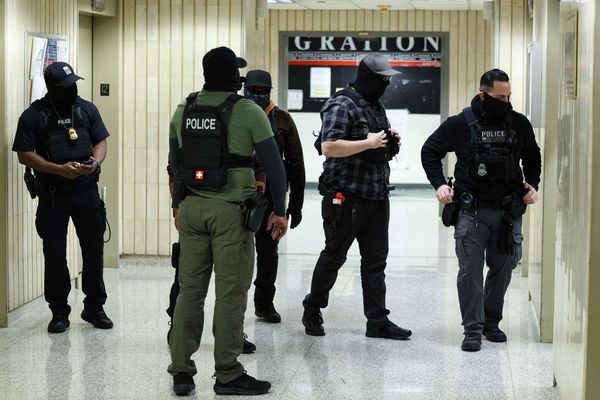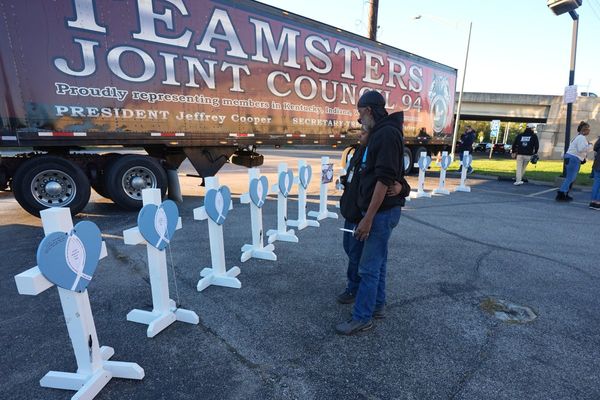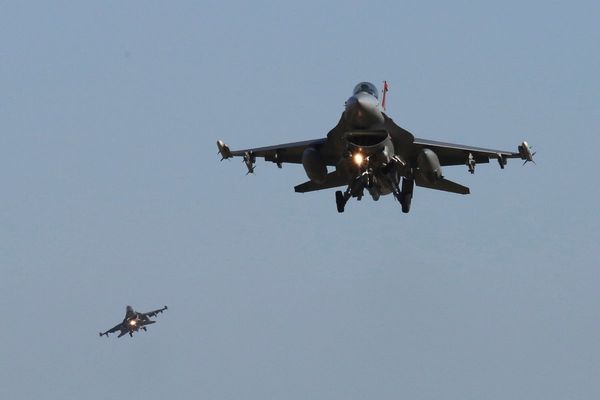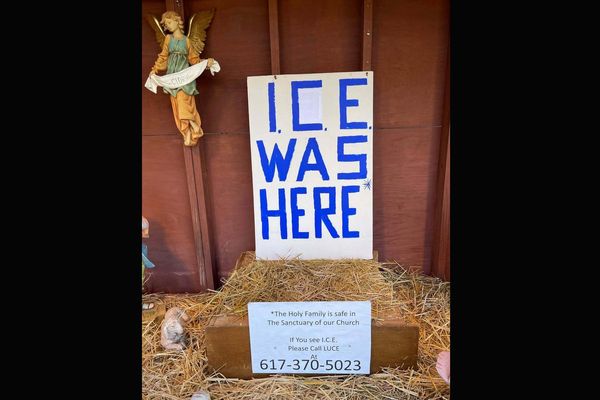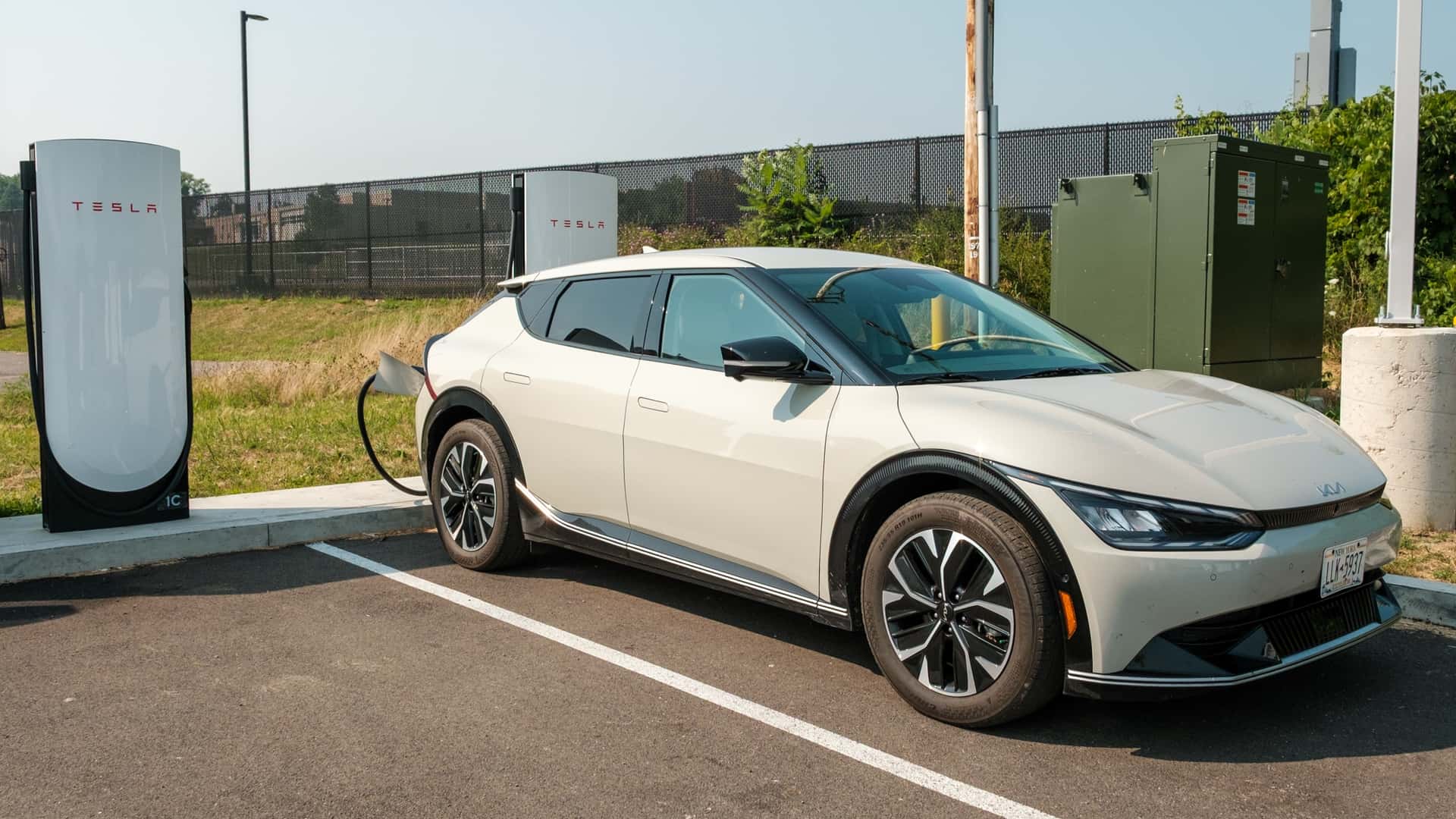
- Kia is one of many automakers that now use the Tesla Supercharger network, provided you have a NACS-to-CCS adapter.
- My Kia EV6 didn't charge as quickly as it would on faster plugs, but the adapter still provides a remarkably convenient experience.
- But EV drivers should know that not all Tesla Superchargers are open to their cars.
I don't own a Tesla. But every time I drive one, it occurs to me that I don't really think about range all that much.
It's not just because Tesla vehicles are generally known for having good range compared to other electric vehicles. It's also because of the Tesla Supercharger network: It offers more than 30,000 places to publicly charge in the United States alone. Sure, there are some Tesla charging deserts here and there in this country, but generally, you don't have to look far to find a place to juice up. Plus, the car will automatically plan your charging stops when you set a far-off destination.

And the damn things just work, too. I've had my share of Supercharger envy in my own Kia EV6, staring longingly at the Tesla owners across the street who charge without a care in the world while I'm on hold with customer support because my charging station's mandatory smartphone app won't talk to the plug I need to use.
But that’s starting to change. Kia EVs now have access to Tesla’s Supercharger network—with a few catches. You’ll need either a Kia with the new Tesla-style NACS port (which are just hitting the market) or a NACS-to-CCS adapter, since Tesla’s plug differs from the traditional fast-charging standard.

This isn’t just a Kia thing. Nearly every major automaker in the U.S. is adopting Tesla’s plug and joining its network, mostly through adapters for now. While not all are fully onboard yet, many are—which means access to thousands more reliable chargers for a lot more EV drivers.
So is an adapter a magic bullet for your next electric road trip? To find out, the good folks at Kia America sent me a NACS-to-CCS adapter. (Full Disclosure: I'm sending it back, not keeping it.)
And after some trial and error, I'm convinced that an adapter like this one is a tool EV drivers will want in their arsenal. But it's not quite the perfectly seamless experience Tesla owners enjoy yet, and a little homework may be required. In fast-charging cars like the EV6, too, drivers may need to reset their expectations when it comes to charging speeds.

Not All Tesla Superchargers (Yet), But A Lot
The first thing to know is that, contrary to popular opinion, an adapter—or even a native NACS plug like on the updated Kia EV6, EV9 and EV4—will not automatically work with any Tesla Supercharger. Some stations, particularly older ones, remain incompatible with non-Tesla vehicles.
All of this starts with the Tesla smartphone app, which you will need to access the network. (I know, I know; another charging app. But this one's probably the best.) Get the app if you don't have it, set up a payment account, then hit "Find a Charger" on the main screen.

That will display the Supercharger stations your EV has access to, whether it's via an adapter or a native NACS plug. Use the app to find out what's accessible and what isn't; for example, a Supercharger station at a diner near where I live in upstate New York does not appear on the list, so that's sadly a no-go.
But there are still plenty of other options. Back in April, Kia announced its cars would have access to more than 21,500 Tesla DC fast chargers, and that number has grown since. That's a huge boost in charging options for any EV driver out there.

(It's also worth noting that Tesla Superchargers natively appear on the navigation systems of some EVs, but not all of them; Ford, Rivian and others also offer plug-and-charge functionality too. My slightly older Kia gets neither, at least for now.)
Will more Tesla stations be open to non-Teslas eventually? Tesla, at least, says yes. As more and more older stations get upgraded to use newer equipment, they too should open up to other EVs.
How Tesla Charging Works On A Kia EV6
EV charging adapters are nothing new. But besides the occasional shady and not-especially-recommended third-party units, they've mainly been for Tesla owners to use CCS or home J1772 plugs. The NACS-to-CCS adapter does this in reverse. It takes in Tesla's slimmer plug and makes it fit into the bulkier CCS unit.

Kia's adapter is a pretty solid little piece of kit, with a somewhat ominous warning label—best to do what the manufacturer recommends here.

I rolled up to a Supercharger station I found via the app just outside of Binghamton, New York. I'll admit that I had a bit of trouble with plugging in at first, namely because this station was a Magic Dock station—meaning it comes with a built-in CCS adapter for non-Tesla cars, making my own adapter a bit redundant.
Then again, most of the Tesla stations near me have the Magic Dock, so I didn't have much choice. (Magic Dock stations tend to be rare overall, just over-represented near me.)

I activated the charging station and pulled out the Tesla plug, but not the Magic Dock itself. That involved not pushing the entire plug upward, which usually releases the dock. Once the Tesla NACS plug was out, I slid it into the Kia adapter (mind the tab at the bottom necessary for this to work) and plugged both into my car. Easy enough.
Tesla Charging A Kia EV6
Here is where I should note that normally, my EV6 is a fast-charging beast.
On a 350-kilowatt charging station, it's rated to go from 10% to 80% in as little as 18 minutes. In my car's case, that's about 200 miles of range added in a fast-food lunch break. Its peak charging rate is normally about 235 kW, putting it among the more powerful EVs you can buy right now. That's largely because the EV6, like many other Hyundai Motor Group E-GMP platform cars, uses an 800-volt architecture.
However, most of Tesla's chargers (and its cars, save for the Cybertruck) are 400-volt. That means my car and others like it won't charge as quickly as I'm used to on the Tesla network.

So how did the EV6 perform? I plugged in at 4:15 p.m. while my car was at 26% with around 70 miles of range remaining. I manually pre-conditioned my battery on the drive over, too. Almost immediately, the car jumped to speeds of 97 kW.
And it stayed there. For a while. Pretty much the duration of the charging experience.
That's certainly not the kind of speed I'm used to with this car. And in fact, for whatever reason, it's lower than times we've tested a native-NACS Hyundai Ioniq 5 or Ioniq 9 (which share a lot of common hardware with my EV6) on a Tesla station. On both cars, we've seen max speeds of about 126-127 kW.

But charging speeds and charging time aren't always the same thing. On a Tesla Model Y, for example, you can expect Supercharging from low to 80% to take about 25 to 30 minutes. We've seen very similar times for the Ioniq 5 and Ioniq 9, due to the consistent speeds throughout—what you'd call a flat charging curve.
While my EV6's speeds were lower, the continual 97 kW charge quoted me 29 minutes to hit 80%. Right on target. And the car itself went to 41% by nine minutes in, then 47% by 12 minutes in. I've certainly had worse.
So that was my experience on the Tesla Supercharger with an adapter: a "low" battery to 80% in a little under half an hour.
About That Tesla Magic Dock...
But I couldn't resist running a little experiment. What if the Magic Dock somehow yielded a different charging time than my Kia adapter? Briefly, I unplugged the car, swapped the adapter out, and restarted my session with the Magic Dock.

Voila. The car jumped back to 97 kW again, and returned to the same quoted time to 80%. It stayed there through the duration of the test.
So now I know: the Magic Dock and a Kia-supplied adapter will see no difference in charging performance. I didn't expect that would be the case, and Hyundai Motor Group engineers have told me as much, but it was good to try this myself.
Is A Tesla Supercharger Adapter Worth It?
Kia's official NACS Adapter is available from Kia dealers for about $249. I've seen them online at third-party stores for slightly less, and some unofficial adapters are cheaper. But given the safety issues involved with that much electricity, I do not recommend anything but the official adapter and from an authorized Kia retailer.
It is true that the Tesla Supercharger experience isn't as quick for my car as, say, plugging into a 350-kW Electrify America station. But a little under 30 minutes to charge isn't bad, especially if it's a road-trip boost and not something you'd depend on all of the time.

What the Superchargers lack in speed, though, they make up for in convenience. For $249, my car gets access to more than 20,000 plugs it couldn't use before. If you're a regular road-tripper, or drive in unfamiliar areas, or are just planning a big summer trip, getting one is kind of a no-brainer.
It beats staring at those drama-free Tesla owners as they charge up while you fumble with another app that barely works, I can tell you that.
Contact the author: patrick.george@insideevs.com

